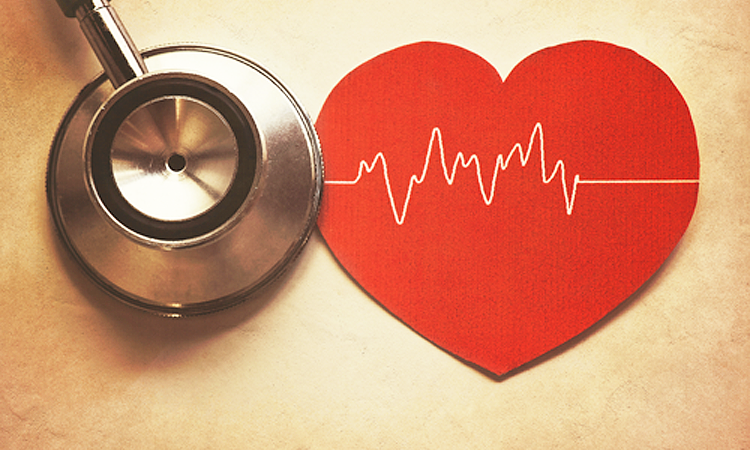
When February comes around we see symbols of the heart everywhere we look. I think of February as a time to show my love, my husband, how much he means to me. This month, I’m all about expressing my love to others—friends, family and colleagues—by giving cards and chocolates. It’s the perfect time, since we celebrate Valentine’s Day in February. This month is also the American Heart Health month, making February doubly important to me.
My mother, now 83, has suffered from congestive heart failure since she was first diagnosed at the age of 40 with mitral valve prolapse. This occurs when the valve separates from the upper and lower chambers, causing fluid to leak out into the lungs and elsewhere. Over time it’s lead to other major issues in both her heart and lungs, so today she lives with 20% heart function. Mom tires easily and has no energy for children or her grandchildren, not to mention the other things she loves like gardening and sewing. Considering my active lifestyle, it’s hard to imagine what it would feel like to be so restricted.
In honor of the heart’s amazing ability to function independent of us telling it what to do, here are some interesting facts about this important muscle.
Did you know…
- Our heart beats one hundred one thousand times per day.
- During our lifetime it will beat on average more than 2.5 billion times .
- Each day we take twenty three thousand breaths.
- Our blood travels about 12,000 miles throughout our body each day.
- Our lungs inhale about 35 gallons of air daily.
Wow, that baby does a lot of work! Don’t you want to take care of it the best way you can?
Heart disease is the leading causing of death worldwide. About 600,000 people in the U.S. die from heart disease every year—that’s one in four deaths. It’s not just a man’s disease; 42.9 million women are currently living with some form of cardiovascular disease (CVD), and it is the #1 killer of women (not breast cancer). More than 2.6 million women have a history of heart attack; and 33.2% of women do not engage in leisure-time physical activity. It is also the #1 killer of men.
And let’s not forget stress also plays a part in our health and impacts lives everywhere.
This month Rewire Me is helping to raise awareness to all matters of the heart.
Don’t ignore the signs:
- Chest pain or discomfort
- Upper body pain or discomfort in the arms, back, neck, jaw or upper stomach
- Shortness of breath
- Nausea, lightheadedness, or cold sweats
- Persistent heartburn
Women’s and men’s signs of heart distress can be very different. A woman is likely to experience heartburn and jaw pain, whereas a man is more likely to feel a constrictive pain in the chest, with pain radiating down the arm. Although a woman can have pain or discomfort in the upper body and arms, this is not as common as it is in men. If you have any of the above symptoms or similar, don’t hesitate going to see your doctor.
Tips on how small changes can make a big difference:
- Don’t smoke.
- Exercise for 30 minutes several days per week.
- Eat a heart-healthy diet-rich in fruits, vegetables, and low-glycemic carbs, such as quinoa or whole grains.
- Maintain a healthy weight.
- Get enough quality sleep.
- Manage stress proactively.
I’ve listed some great resources at the end of this article for more information about your heart. I hope you’ll join me in helping to raise awareness.
From my heart to yours,

Rose Caiola
Inspired. Rewired.
Click here to find out more about Rose’s thoughts on wellbeing and health
Resources:
- Heart Math can teach us to learn to live from the heart and unlock our natural intuitive guidance. Heart Math has several great devices to help with reducing stress!
- HealthFinder.gov for their February Tool Kit.
- Women Heart for support groups and events.
- Health Line for heart disease statistics.
- MedicineNet.com to learn about heart disease and stress. Great illustrations on this site, too!
- Mayo Clinic—Strategies to prevent heart disease.

